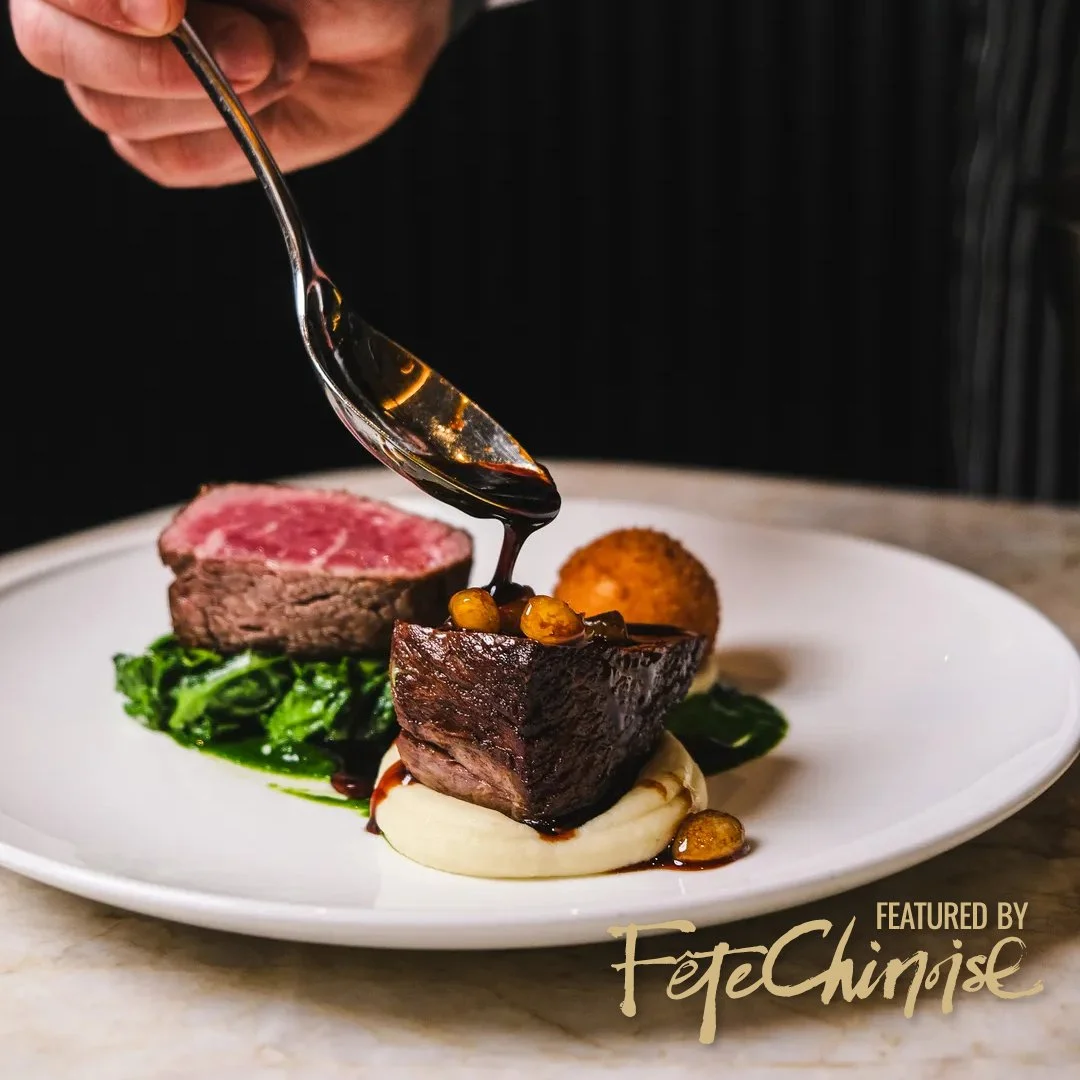What Makes “Cheung Fun” Good?
Written by Benny Chong


To further illustrate how our tastes are influenced by our culture, a friend of mine who is also of Chinese descent invited me to dim sum and strongly recommended the rice noodle rolls, aka cheung-fun or chang-fen. This is one of the most iconic dishes from Southern China and I was ecstatic to know that my friend (who had traveled around the world to experience many 3-star Michelin restaurants) had such high regards for the dish at Hot Spot Chinese Cuisine located in Markham, Ontario.
At the restaurant, we went ahead and ordered the cheung-fun and when it arrived, I went straight for it! My first reaction was confusion. After taking a small bite, I couldn’t make out what I was eating. I glanced over to see how much my friend was truly enjoying the dish. He even went on to compliment the bouncy and chewy texture of the rice noodle. At that moment, I had a revelation. Because of my friend’s rich experience with European food and 3-star Michelin restaurants, we had an opposite understanding of what makes cheung-fun “good.”
I consider the best cheung-fun to have a soft and slightly slippery-smooth texture that may be considered unappetizing in Western cuisine. This specific texture is a result of a batter made from mainly rice flour and water. Cheung-fun is usually made by pouring a thin layer of batter on a flat plate to steam and once cooked, the chef would make them into rolls. The taste is very subtle and at its purest form is complemented with sweet soy sauce. The cheung-fun absorbs the sweet soy sauce, therefore, diluting the saltiness while highlighting the umami flavour. This results in something that is delicious, simple and comforting.
Sponsored by Union Capital Realty, Brokerage.
However, due to my friend’s highly Western-influenced palate, he has developed a taste for food that has a bouncy, almost al-dente texture. This bouncy texture is accomplished by adding large amounts of wheat starch to the batter, and is common in factory-made cheung-fun to prolong its shelf life so that it will still be presentable even if it’s not freshly made.
Cheung-fun is a dish that is meant to be made and eaten fresh. So what we had served to us at this restaurant was the complete opposite.
Photography: Emma Choo @vancouverfoodie
“The taste is very subtle and at its purest form is complemented with sweet soy sauce. The cheung-fun absorbs the sweet soy sauce, therefore, diluting the saltiness while highlighting the umami flavour. This results in something that is delicious, simple and comforting. ”
Traditionally, cheung-fun was meant to be consumed immediately after being cooked and is not bouncy, chewy, and cold like the one my friend so enjoyed. It is not wrong to use wheat starch in the cheung-fun batter, but in this case, there was too much of it. I understand that in Western food, pasta is usually regarded as “good” when it is al-dente, but this is unfortunately not what traditional cheung-fun should be.
Sponsored by Palettera.
This experience left me pondering on what “good” Chinese food should be. Should it be judged through a traditional or purist lens? If not, then who decides?
One thing is for certain, I know what good Chinese food is to me and I want to share my definition with all of you, one dish at a time!
Sponsored by Ferris Wheel Press.
















